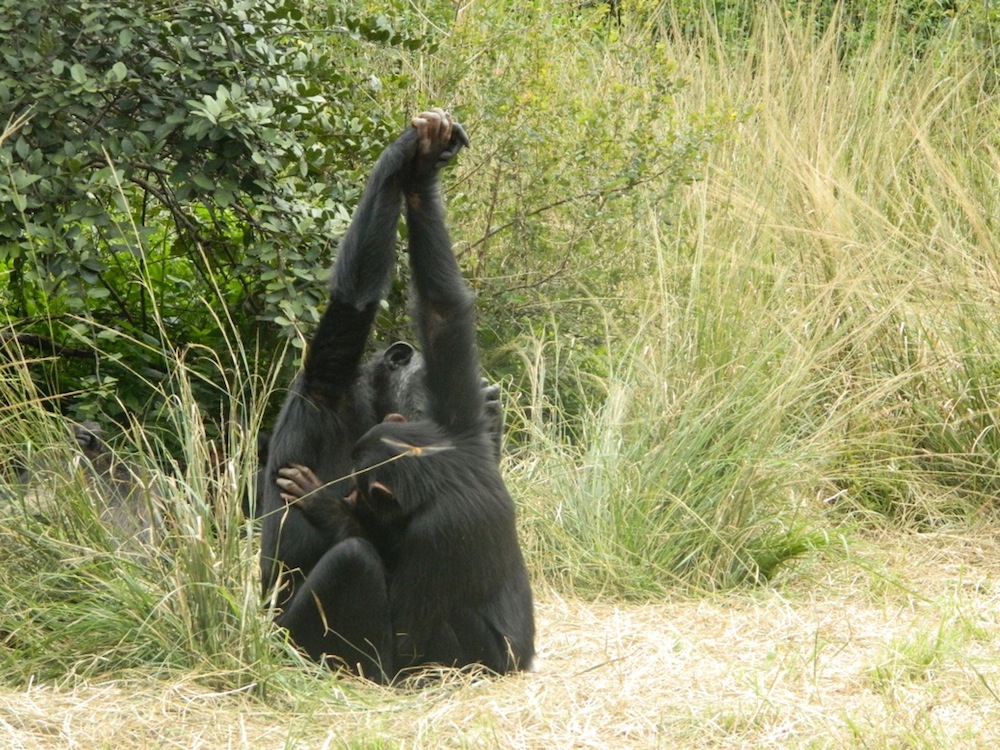When you purchase through link on our site , we may garner an affiliate commission . Here ’s how it work .
Like man who might use a different slang terminus for " that ’s cool " or have distinct way good sense , adjacent chimpanzee groups also show ethnic differences , in this slip , in their nut - cracking technique , researchers have found .
" In humans , cultural differencesare an of the essence part of what mark neighboring groups that be in very similar environments , " study investigator Lydia Luncz , of the Max Planck Institute for Evolutionary Anthropology in Germany , said in a statement .

This young chimp is using a stone to crack open a coula nut.
" For the first time , a very similar spot has been found in wild chimpanzee last in the Taï National Park , Côte d’Ivoire , demonstrating that they share with us the ability for fine - shell ethnical differentiation . "
The researchers study 45 chimpanzee from three different radical for the 2008 , 2009 and 2010 nut - crack seasons , as theyuse toolsto unfastened coula ball from a tropic African Sir Herbert Beerbohm Tree of the same name . The chimps habituate hard " nutcrackers , " which they craft from material they find in their environment , to break the hide of these nuts against Sir Herbert Beerbohm Tree solution " incus . " The Nut are hard at the beginning of the season , becoming softer and easygoing to crack open over time . [ 10 Animals That Use Tools ]
Each of the three group of chimpanzee in the national green ranges across about 1.5 square miles ( 4 square kilometers ) of land , sharing a perimeter with one of the other groups .

One of the radical used mostly nutcracker made of stone to extract the pith from coula testis , no matter how soft the nuts were . The other two groups started using wooden tools ( which are easier to come by ) to split up receptive the nuts later in the season , using the gem tool only for the harder early - season nuts . All three communities had a special preference for how large of a hammer they used .
Interestingly , the Pan troglodytes from separate tribe are genetically the same , so they can and do interbreed between populations . In fact , thefemale chimpanzeesof one radical often move to mate with male person from another radical .
" We have documented differences in hammer choice within a single wood block , with member of three different adjacentchimpanzee communitiesthat are in regular contact with one another and are thus not genetically differentiated , " Luncz say .

Somehow , the females are able-bodied to adapt to their new culture ’s tool - use preferences ; the researcher are presently studying these communities further to see how these female are able change the way they use creature .
" In many ways , chimpanzees are very similar to us human beings , " study investigator Christophe Boesch , also of the Max Planck Institute , said in a assertion . " By studying the similarity to our near living congeneric in their natural home ground in Africa , we have the unique chance to see more about theevolutionary antecedent of culture , which is for us humanity one of the primal element of our identity . "
The study was published today ( May 10 ) in the daybook Current Biology .
















